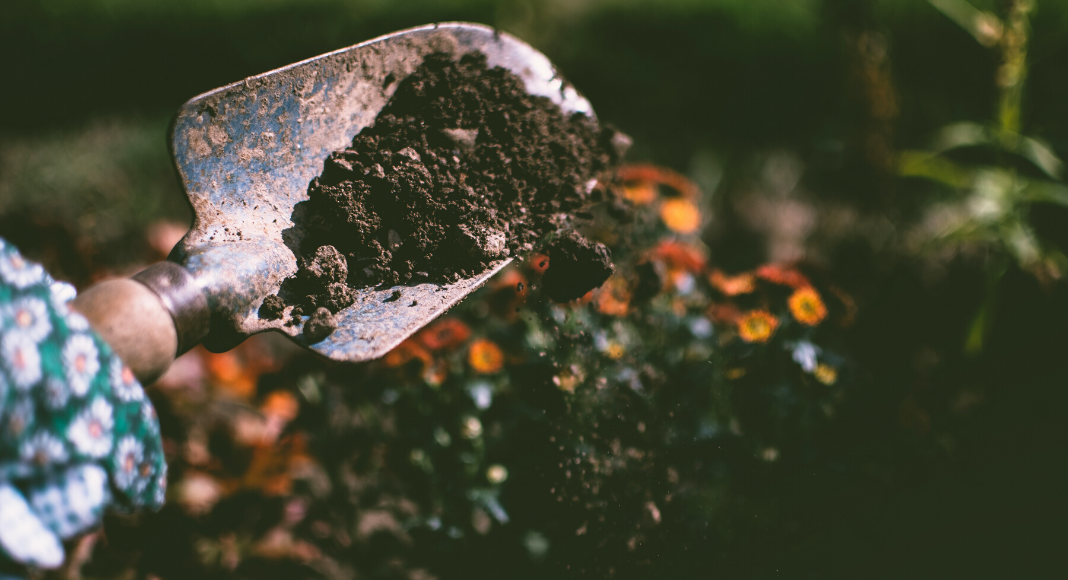In honor of National Garden Week, from June 7-13, brought to you by National Garden Clubs, I wanted to follow up on some more information for all those that have discovered their love of gardening, renewed their love of gardening, or want to try gardening out!
It’s beneficial for you…
If you ever wondered about gardening, I’m happy to let you know that a recent study done by Princeton shows that gardening makes people happy. What more incentive do you need?! It brings a feeling of meaningfulness to those that garden, especially vegetable gardening. Studies also show that children with learning disabilities, who participated in gardening activities, had enhanced nonverbal communication skills, developed an awareness of the advantages of order, learned how to participate in a cooperative effort, and formed relationships with adults (Agritherapy Plants as Learning Partners, Sarver, Mary D. Academic Therapy, March 1985).

What to do on National Garden Week
In my previous post, I touched upon how to start a garden and some quick and easy tips. Now, I’d like to follow up with some upkeep and fun ideas that you can include your kids in!
In order for you to celebrate and enjoy National Garden Week, I’ve put together activities that can be spread out during the week so you can enjoy the outdoor time, maintain and enjoy your gardens.
Save Your Seeds.
National Garden Week can get a start right in your own kitchen. When your family is prepping that delicious meal you all will enjoy, take a moment to save some seeds! We may not think it at the moment, but it’s so easy to gather seeds right in your own kitchen. This is great gardening indoors! Bring the kids in to help you deseed fruits and vegetables and carefully set them aside to dry and plant. Cantaloupe, tomato, pepper, and squash seeds are some of the most common and easiest seeds to separate, clean, and plant.
They can help…
Task your little ones to help you pick out the seeds, carefully wash them in a strainer or for the smaller seeds, in a cup of water, and remove any of the remaining fruit or vegetable surrounding the seed. I like to place them on a paper towel, set aside in a reusable bag or a ziplock bag, and let the seeds dry out overnight.
Plant Your Seeds.
Then, after you’ve washed and dried your seeds, you can pull them out and place them in a small amount of dirt. Next, gently press down so they are lightly covered with soil and moisten the soil. If you have seed starter trays or peat pellets, you can easily place them in a small bag (extra points if you upcycle an old bread bag) and create your own mini greenhouse.
Another upcycle is using old berry containers that have perfect drainage holes already built-in for you! Close the lid and you have a mini greenhouse. Keep your mini-greenhouses in indirect sunlight and get ready to watch them grow. Some seeds will sprout in as little as 3 days while others may take a week or so. They are some of the quickest to sprout which adds to the excitement. It becomes a fun activity to check on them daily. Always ensure the soil is damp but not soaked. Once sprouts are 6 inches tall you can transplant them into your garden or individual containers!

Another one of my favorite fruits to replant is a pineapple. Simply cut off the top (the crown), clean off the fruit, and peel some of the bottom leaves to expose the white part of the stem, let it dry overnight. Then, place the pineapple in a glass or vase with water, changing the water every other day, and after a few weeks, it will begin to show roots! Then you can plant it in your favorite planter. Pineapple plants make for beautiful décor and will fruit in about a year.
You don’t have to have a yard…
All of the plants I mentioned above can be grown in containers so even if you don’t have a garden, you can still enjoy growing your own fruits and vegetables in containers on your balcony, porch, or patio. I prefer to keep certain herbs inside of containers so that I can move them around to get more or less sun and rain, depending on the season.

Have a Scavenger Hunt in the Garden.
This activity takes little to no effort! Write down a few things for your kids to find in the garden.
Here is a quick list you can use:
- A watering can
- A tall tree
- A butterfly
- A snail
- Brown leaf
- Green leaf
- Red flowers
- A bee
- A bird
- A snail
- Long stick
- Short stick
You can also change it up by asking them to find different quantities of a certain item or different colors. If you have more than one child, make it a friendly race! At the end, compare the different types of things they saw or collected.
Read in the Garden.
Another way to appreciate nature, your garden, and to relax is to read in your garden. National Garden Week should be relaxing and rewarding! Set a time to go outside, bring out a blanket, a chair, and even bring a snack. Don’t forget a book and you and your kids can enjoy some time breathing the fresh air, appreciating the nature around you, and getting in some reading time. Immerse yourself in your space for a rewarding time with your latest book, but don’t forget your sunscreen!

Make a Mud Pie.
Great sensory activity for kids of all ages. To make a good mud pie, you need smooth dirt without rocks or pebbles. Mix the dirt with some water in a bucket and combine with your hands (or your children’s). Make sure the consistency is about that of some bread dough. Then, knead it to make it firm enough that it will not lose shape or fall apart when it is in a small ball. Make your pies! They can be rolled, flattened, thick, thin. Whatever you may enjoy.
Bring in Some Pollinators.
You can start something this week that will bring you lots of joy for a few weeks and help teach your children about the lifecycle of a butterfly! These kits are available on Amazon and you can find them on the Miami Moms Blog Amazon store. You and your children can experience the lifecycle from caterpillar to butterfly and add some pollinators to your garden when you’re all done. Remember, pollinators are so important to your garden because you need them to pollinate your veggies and fruits, if we don’t have them present, some blooms may not produce fruit.
Other great plants that help attract butterflies, bees, and even hummingbirds are Salvia, which has so many different color varieties, Marigolds, which you can plant directly into your garden beds to protect your plants, and attract pollinators. And lastly, a Milkweed is always a favorite for butterflies.
Garden Clean-Up Day.
Spend some time in the garden watering the plants, weeding, and pruning all your plants. Add some soil to cover up any exposed roots, prune any herbs or vegetables that look like they’re going to flower. It is important to note that herbs like basil and cilantro “bolt” when the temperatures get too high. Bolting means they begin to flower and it is their way of trying to survive. However, once they bolt, the herbs become bitter and inedible. To prolong the life of your herbs and vegetables, consistently prune them so they continue to produce. When you do prune herbs like basil and cilantro, you can save a portion of the stalk to propagate (or reproduce) your herb by placing it in a cup of water and after a few weeks, they will grow roots that you can replant and grow a whole new plant from.
Weeding…
Show your kids what a weed is and have them help pull them out of your garden. This allows for them to be actively involved in the garden and burn some energy pulling out those weeds! It teaches responsibility and care for the garden to keep everything healthy and clean.

Watering…
Right now in Miami, if it’s not a heavy downpour, it’s the dog days of summer, so make sure your plants are all watered and taken care of. Allow your kids to go around with the hose, watering can, or bucket, and water your flower beds, veggies, herbs, and fruits. It is important to note that watering should ideally be done in the morning hours before the hottest time of the day to avoid evaporation of the water. If not, you can water in the later afternoon but before it is too late so that the evening dew and moisture don’t lead to fungus or root rot in your plants.
If there are specific questions you might have, please leave them below, and I’ll be happy to help. I hope you enjoy National Garden Week. Drop a comment and let us know what your favorite activities were!

















Thank you for this – great tips to share with my family! Looking forward to planting some seeds from tonight’s dinner!
Thank you for reading! What did you end up planting?!
Love this! You are helping turn my black thumb into a green one! 🙂 I hope Oscar can be as helpful as Parker!
Aww that makes me happy! I’m sure he will!! He’ll learn from you and it’ll be great 🙂
I have the least green thumb ever! But I do love being outside … you’re so right being out in the garden is so good for u! I feel it anytime I am outside with my face in the sun and my feet on the earth :):) i feel renewed :):)thanks for these activities … summer is here and it’s a great time to try them with the kiddos :):)
Thank you!! I appreciate you reading, and I’m so glad you feel it too. Nothing like some fresh air ❤️
I’ve got to get some yoga in too!!
Comments are closed.